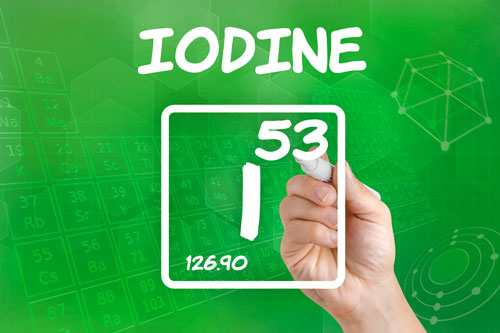The threat of exposure from the nuclear reactors in Japan made unstable by the recent earthquake has captured the world’s attention. At maximum risk of exposure are, of course, the Japanese people, followed by the surrounding South Pacific islands including Hawaii, and those of us who live here on the West Coast of North America.
The worldwide energy crisis has lulled the world into believing that nuclear power is the best and cleanest energy. Unfortunately, none of those advocating for it — and I must say, I was one of those — take into account the repercussions of war, terrorism and a cataclysmic disaster such as March 13th‘s 8.9 earthquake followed by a humongous tsunami. Whether and how this will serve as a wake up call remains to be seen. (So far, the best, most readable report I found regarding the threat of nuclear fall out from Japan is in the Christian Science Monitor.)
It seems clear to me now that a new age of radiation awareness is destined to become a fact of life for this and future generations. Because the effect of radiation fallout is atmospheric and also affects agricultural products, we need a better understanding of how iodine, nutritional supplements, herbs and even radiation detection devices can help us manage it. It is my understanding that as of this writing, most commercial supplies of iodine have been sold out.
Historically speaking, traditional herbal medicine has never had to contend with some of the many threats to health that are part of the modern world. Substantiated research exploring the efficacy of many herbal and other natural protocols in a situation such as this one is scant. This does not mean that there are no herbal or natural options for radiation exposure.
For starters, you might check out nukepills.com, at least for their inexpensive nuclear radiation tester which sells for around $34.94. They also have an entire nuclear exposure emergency kit. At present they are sold out of everything.
Ashwagandha, the one herb that immediately came to my mind as possibly being protective against radiation, was completely wrong. It seems that ashwagandha increases one’s sensitivity to radiation therapy, which is why ashwagandha is used to make that therapy more effective against cancer. So, at this time, I don’t recommend taking ashwagandha for the prevention of radiation toxicity.
Kombu Seaweed (Laminaria japonica)
The Japanese are probably among the world’s main consumers of edible seaweeds. We in the West are familiar with nori seaweed as the outer wrapper of sushi and various other seaweeds used as a stock in miso soup.
The most well known seaweed is kelp, known in Japanese as kombu. I’m not sure how much research is available to back up these claims, but it is widely understood that kelp’s alginates offer the best protection from radiation and environmental pollutants. Alginates bind with heavy metals and radioactive substances and prepare them for excretion from the body.Check outPlanet Thrive at for a great anti-radiation kombu and miso soup recipe.
Chlorella (Chlorella pyrenoidosa)
According to my colleague Roy Upton, line director of Planetary Formulas and director of the American Herbal Pharmacopeia, chlorella was first developed by the Japanese as an antidote and treatment against atomic radiation. This makes it one of the best nutritional supplements to take for the prevention and treatment from radiation exposure. While iodine pills primarily affect the thyroid gland, these supplements are of great health benefit to the whole body.
By exploring these herbs and supplements, we can at least turn a tragedy into an opportunity to enhance our health in all ways, including offsetting the recent threat of radiation from failed nuclear power sites in Japan.

